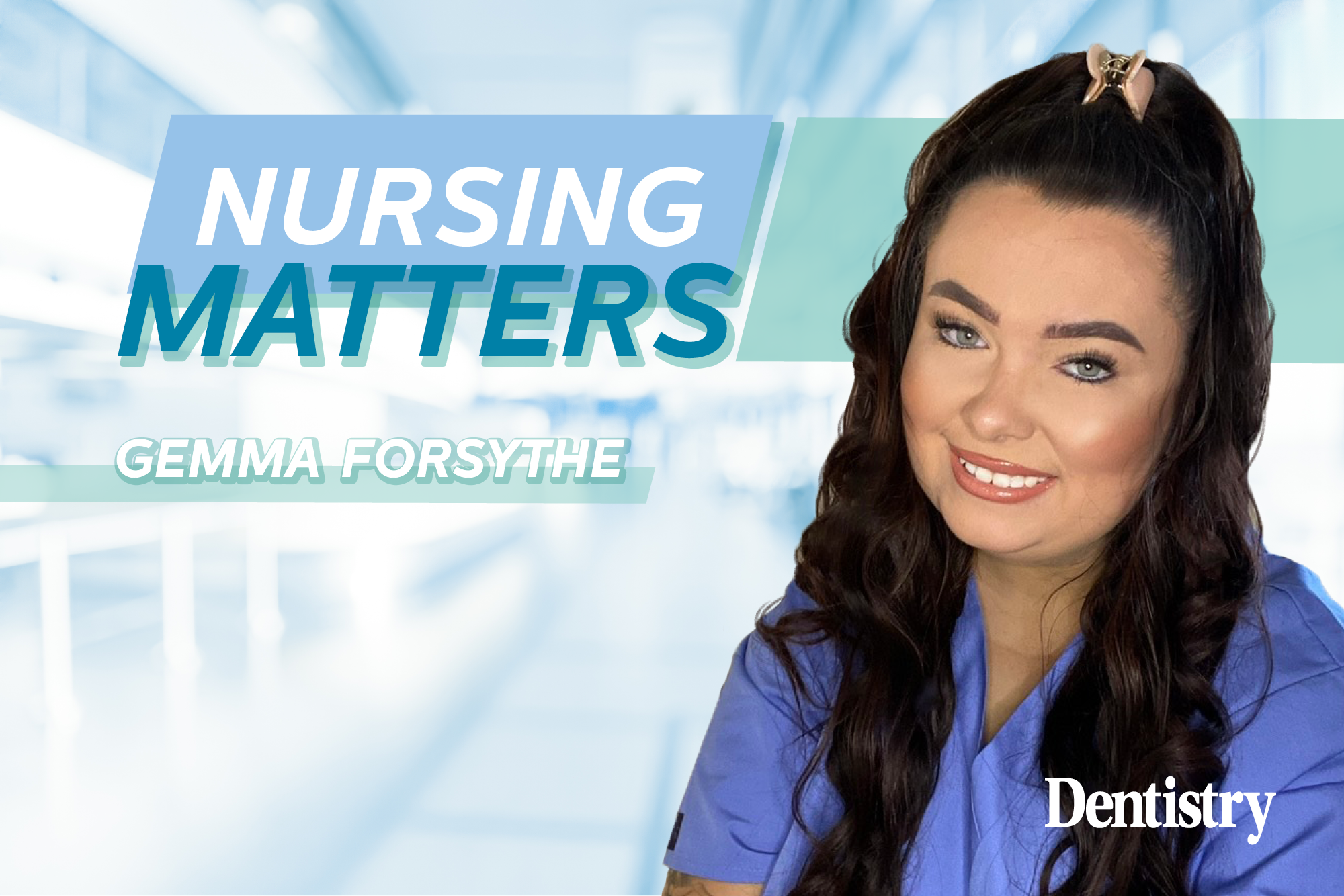 To mark Stroke Awareness Month this May, Gemma Forsythe explains how dental professionals can adapt the patient experience for stroke survivors during their appointments.
To mark Stroke Awareness Month this May, Gemma Forsythe explains how dental professionals can adapt the patient experience for stroke survivors during their appointments.
The Stroke Association has designated May as their annual Stroke Awareness Month – otherwise known as ‘Make May Purple’. Their aim is to increase the awareness of stroke, stroke prevention and treatment. They will also raise funds for much needed research into this condition and support for stroke survivors.
I thought this would be a good opportunity to look into how we as dental professionals can help to make a stroke survivor patient’s dental visit more comfortable for them.
What effect can a stroke have?
When someone experiences a stroke, the presentation or the outcome may differ depending on the region of the brain affected. However, the individual may experience the following:
- Hemiparesis – weakness on one side of the body
- Paraparesis – simultaneous bilateral weakness
- Dysphagia – difficulty swallowing
- Ataxia – imbalance
- Dysarthria – slurred speech
- Loss of vision in one or both eyes
- Diplopia – double vision.
How to improve a stroke survivor’s experience
When speaking to a stroke survivor who is experiencing difficulties with communication, there are a few things that dental teams can do to improve the patient’s experience:
- Reduce distractions and background noise
- Make eye contact with the patient and avoid note taking or having your back to them when they are speaking
- Let the patient know if you have difficulty understanding them – do not pretend to understand when you do not
- Assess the patient’s communication and highlight ways this can be made easier for them if they struggle with verbal communication. For example, pen and paper, if this is appropriate for the individual
- If you are having difficulty understanding the patient, try asking yes/no questions
- Sit at the patient’s eye level on their unimpaired side and use slow, deliberate speech.
Some patients may bring a friend, family member or carer with them to their dental appointment. However, if they are able to understand the consent process, they should be allowed to sign their own consent forms and be involved in their own treatment planning.
Patients who have experienced a stroke would be better suited to morning appointments, with extra time allocated to ensure oral hygiene instructions can be explained and understood.
If the patient is experiencing hemiparesis, they may need assistance getting in and out of the dental chair. Patients may also find it difficult reclining fully in the chair, and may need support in the form of a pillow.
It is important to remember that a stroke can have a huge impact on the oral and facial tissues, resulting in the stroke survivor having difficulty with the most basic tasks. These may include eating, drinking, swallowing and communicating.
Symptoms vary from person to person. Some people have little to no difficulty following a stroke, while others have severe difficulties.
Tailoring oral health advice
Tailoring oral health advice and recommending oral health aids to the patient’s needs is important. It is not a one size fits all situation.
Recommending oral health aids to the patient (and/or their carer if applicable) could include: toothbrushes with a modified handle to improve grip, electric toothbrushes if the patient has limited dexterity and flossettes or a floss holder may be easier than using regular string floss.
Impairment on one side can lead to food and drink pooling on the unimpaired side, leading to a higher caries risk. Loss of dexterity/feeling can mean they may not be able to clean their teeth as effectively as before, or may not be able to feel food remaining in their mouth after mealtimes.
Stroke survivors are at higher risk of caries, gingivitis, periodontitis, dry mouth and halitosis.
Recognising a stroke emergency
I also want to draw your attention to the signs of stroke in this edition of Nursing Matters, as you never know when you will encounter someone having a stroke and when this happens.
In order to minimise negative outcomes of a stroke, hospital-based treatment must be initiated within three hours of the onset of symptoms (according to the Mayo Clinic).
Symptoms of a stroke may include:
- Difficulty walking
- Trouble speaking or understanding speech
- Paralysis or numbness in the face, arm, or leg
- Vision problems with one or both eyes
- A sudden severe headache that may be accompanied by dizziness or vomiting.
Remember: FAST
Face: Ask the individual to smile – check that their smile does not droop to one side.
Arms: Ask the individual to raise both arms, one arm that slowly comes back down or cannot be lifted up could be a sign of stroke.
Speech: Ask the individual to repeat a simple sentence. If their speech sounds strange or slurred, this could be a sign of stroke.
Time: Time to call 999 if you notice these signs. Early recognition of stroke is vital to reduce the degree of brain damage it causes.
Catch up with previous Nursing Matters columns:
- Managing stress in dentistry
- The Molar Mindset: the new wellbeing platform for dental nurses
- Get your patients involved this Flossuary!
- The worrying truth about baby food
- Dental nurses deserve more recognition.
Follow Dentistry.co.uk on Instagram to keep up with all the latest dental news and trends.



